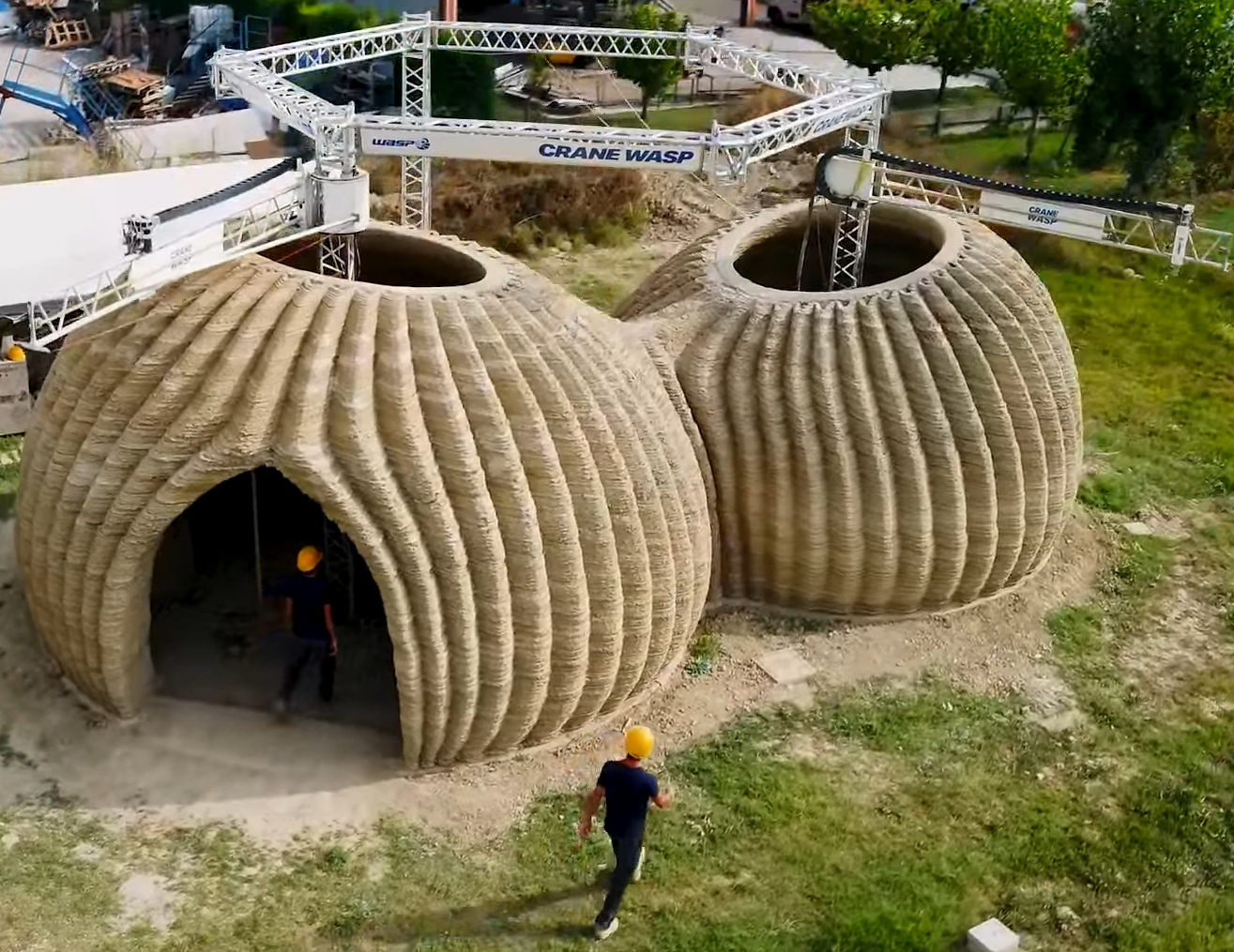What is 3D Printing House & Construction Process of 3D Printing House
What is a 3D Printing House?
The process of creating full building components using large-scale 3D printers is known as additive manufacturing of homes or houses. Similar to conventional 3D printing, but done on a much greater scale. Here is a more thorough overview of 3D printing facilities:

- Printing Process: A specially designed 3D printer, often on a gantry or robotic arm system, extrudes layers of construction material to build up the structure layer by layer. The process is similar to traditional 3D printing but on a much larger scale.
- Construction Materials: Various types of construction materials can be used in 3D printing, including concrete, Mortar, cementitious materials, clay, and even recycled materials. These materials are mixed with additives to ensure proper flow, strength, and durability during the printing process of construction.
- Design Flexibility: 3D printing allows for intricate and complex architectural designs that may be challenging or time-consuming to achieve through traditional construction methods. Customization and personalization of building features can be easily integrated into the printing process.
- Curing: The material needs time to cure and firm after a layer has been applied before the next one is added. Depending on the substance being used, curing timeframes can change.
- Speed and Efficiency: 3D printing can significantly reduce construction timelines compared to traditional methods. It eliminates the need for assembling individual building components, such as walls, floors, and even roofs, as they can be printed in one continuous process.
- Cost Savings: The potential for reduced labour costs and faster construction times can lead to overall cost savings. Additionally, 3D printing house can minimize material waste, as it only uses the exact amount of material needed for construction.
- Sustainability: Depending on the materials used, 3D printing in construction can be more environmentally friendly. Some methods incorporate recycled materials, and the reduction in waste and transportation can contribute to a smaller carbon footprint.
- Challenges and Considerations: 3D printing in construction is not without challenges. Ensuring the structural integrity, quality control, and regulatory compliance of printed structures is crucial. Research and development efforts are ongoing to address these challenges and optimize the technology.
- Finishing Touches: Following the printing of the primary structural elements, finishing touches, such as the addition of windows, doors, and interior finishes, may be made.
- Real-world Examples: Several companies and research institutions have successfully demonstrated the feasibility of 3D-printed houses and structures in various locations around the world. These projects range from small-scale prototypes to full-sized habitable houses.
 |
 |
 |
 |
 |
 |
 |
 |



